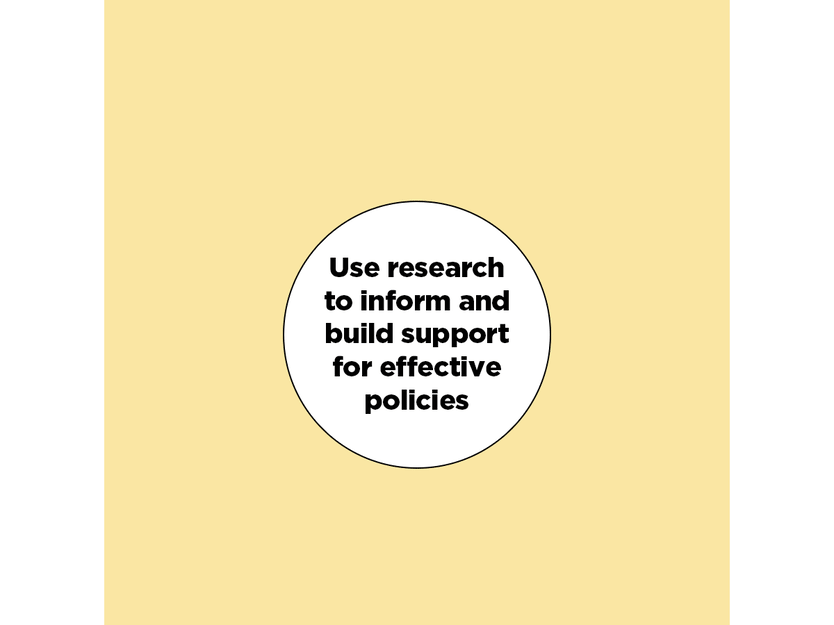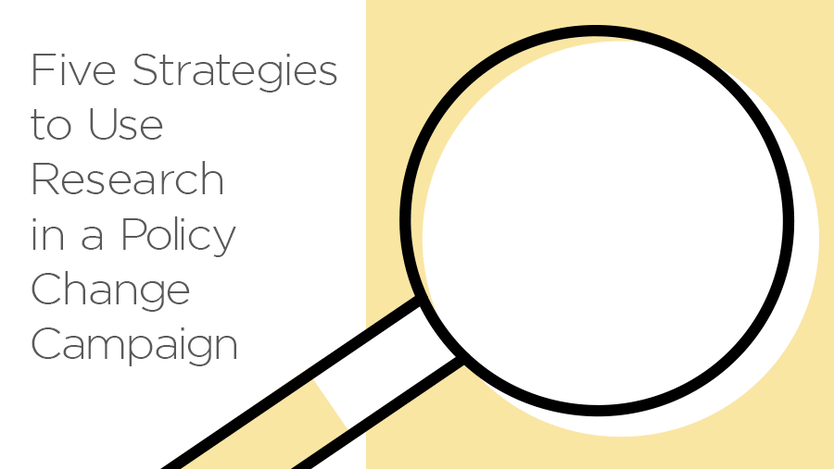
Research is a vital part of effective advocacy, shaping the policies that influence public health systems, financial well-being, and national health priorities. It provides evidence needed to define problems and potential solutions and ensure policies align with local realities. In advocacy, research plays multiple roles — from packaging existing evidence to uncovering new information that drives change.
The Global Health Advocacy Incubator, known as GHAI, and the Campaign for Tobacco-Free Kids have recently launched the Research for Advocacy Action Guide, which provides practical tools and real-life examples from public health advocacy campaigns worldwide.
Why is this important now? Effective policies require accurate information, which is threatened by misinformation and public distrust.
Our team members and partners use research as a core part of their public health advocacy around the world, in diverse countries and political systems. Here are some of the lessons they’ve learned:

1. Provide credible, evidence-based information
Establishing your organization as a source of accurate, timely, and impartial evidence — such as evidence from sources that do not have conflicts of interest — strengthens its role in policy debates, and creates opportunities for access and influence in the policymaking process.
In the Philippines, for example, research played a pivotal role in driving policy change. In 2021, the country mandated the elimination of dangerous, industrially produced trans fatty acids, or TFAs, from food, after Manila-based nonprofit ImagineLaw commissioned research on the local production and importation of partially hydrogenated oils. Their findings highlighted the scale of the TFA problem, ultimately helping to shape the regulatory response.
2. Incorporate local evidence
Policymakers need data specific to their own country to justify policy change. This is why advocacy campaigns need to incorporate local evidence and solutions, informed by global and regional best practices. This type of data may also have a better chance of being covered by the media and therefore gaining the attention of decision-makers.
When advocating for the United States’ Mainstreaming Addiction Treatment Act, or MAT Act, to remove a long-standing barrier to effective addiction treatment and increase access to treatment for opioid use disorder, GHAI engaged directly with policymakers. The organization met with over 100 U.S. lawmakers and congressional staff to push for the passage of this legislation, presenting tailored, state-specific fact sheets on how the legislation would impact the district of each member of Congress. By providing localized data on opioid overdose deaths and the potential benefits of the policy, presented by credible stakeholders, GHAI strengthened the case for legislative action. The passage of the MAT Act, which was adopted into law in 2022, greatly increased the capacity to treat addiction in the U.S.
3. Present the research to be compelling and easily understood
Decision-makers are more compelled by research that applies directly to their community and priority issues. This sometimes means connecting the implications of research to their specific contexts.
In 2018, an air quality monitoring, or AQM, study was conducted across Addis Ababa, Ethiopia, which found hazardous levels of indoor air pollution from burning tobacco in all indoor and enclosed public spaces. The Campaign for Tobacco-Free Kids and partner advocates — Mathiwos Wondu-YeEthiopia Cancer Society, or MWECS, and the Health, Development, and Anti-Malaria Association, or HDAMA — presented this information by creating various media materials with the study’s findings, resulting in media stories that helped them pass a 2019 law establishing smoke-free environments in all indoor or enclosed public places.
4. Find trusted and effective messengers
When delivering an advocacy message, consider who will be the most credible person to convey the message to your primary audience. If people don’t trust the person who delivers a message, the actual message will not get through effectively.
In Ghana, for example, many members of Parliament were unaware about the number of children not receiving lifesaving immunizations. GHAI and partners, including Hope for Future Generations, developed an immunization policy brief with an overview of the status of immunization financing in the country. Many of these messengers delivering the information were called “Queen Mothers” — local women leaders who play a large role in ensuring the well-being of women and children in their communities. Following this outreach, Ghana released payment to cover its deficit for vaccine purchases for 2023.
The role of research is to obtain accurate information. Research for advocacy reveals information about the challenges that are hampering health and development, as well as the effectiveness of potential solutions. Without strong research, we risk addressing the wrong problems — or missing viable solutions altogether. By uncovering critical information, research ensures that advocacy efforts are grounded in facts, paving the way for meaningful, evidence-driven change. We encourage you to delve deeper into the guide to learn how research can enhance your ability to reach and influence key audiences, counter the opposition, and achieve policy success.



